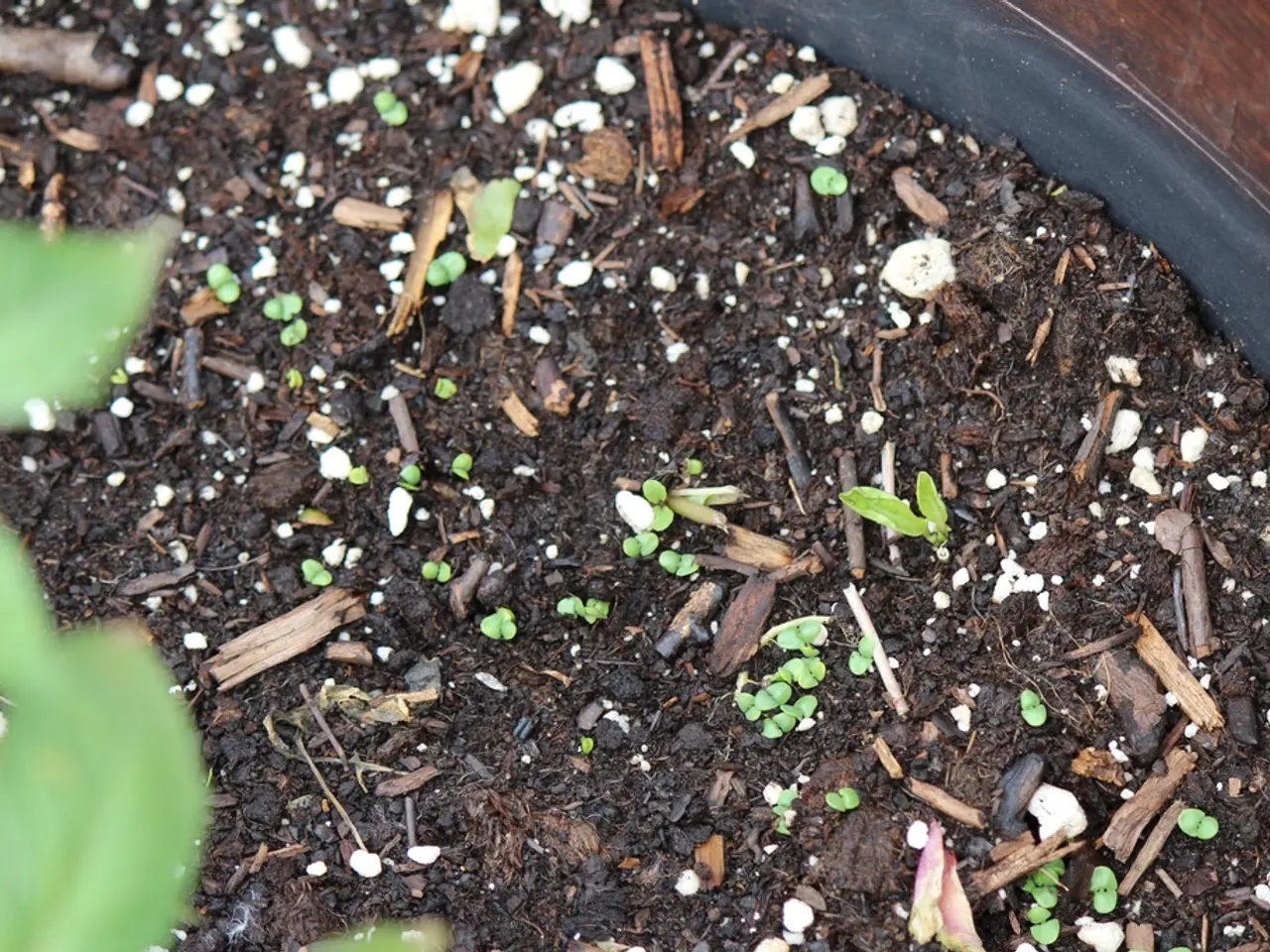Discovering the Secret Functions of Soil Bacteria in Plant Nourishment
In the intricate web of life, soil bacteria play a pivotal role in supporting plant growth, maintaining nutrient cycling, and improving soil structure. These microscopic organisms are essential components of the soil ecosystem, contributing significantly to the health and productivity of plants and the sustainability of agriculture.
### Promoting Plant Growth
Soil bacteria contribute to plant growth in various ways. They produce hormones such as auxins, cytokinins, and gibberellins, which regulate essential plant processes like cell division, elongation, germination, and stem growth, directly promoting plant development[1]. Moreover, certain bacteria, notably rhizobia, convert atmospheric nitrogen into forms plants can use, boosting nitrogen availability without synthetic fertilizers[1][4]. Beneficial bacteria can also induce systemic resistance in plants, enhancing their defense against pathogens, and produce antimicrobial compounds to suppress harmful microbes[1][4].
### Nutrient Cycling
Soil bacteria play a crucial role in nutrient cycling, breaking down organic forms of N, P, and S and releasing inorganic forms that are easily accessible to plants[4]. They alter nutrient availability through oxidation, reduction, solubilization, and chelation, effectively recycling nutrients and maintaining soil fertility[1]. This natural nutrient cycling reduces reliance on chemical fertilizers and helps maintain a balanced soil ecosystem vital for sustainable agriculture[4].
### Improving Soil Structure
Bacteria produce organic compounds that bind soil particles together into aggregates, improving soil porosity and stability[4]. This microbial-driven improvement in soil physical properties contributes to a healthier and more resilient soil environment that supports long-term plant productivity[2][4]. Better soil structure helps soils hold moisture and resist erosion, which benefits plant roots and supports resilience against drought and extreme weather[4].
In summary, soil bacteria form a foundational component of the soil ecosystem by promoting plant health through biochemical signaling, nutrient availability, and physical soil enhancement. They are integral to sustainable agriculture and regenerative farming practices aimed at restoring soil vitality and productivity[1][2][4][5]. A diverse and balanced population of soil bacteria is crucial for effective pathogen control and promoting plant health.
References:
[1] Lugtenberg, W. (2009). Plant growth-promoting rhizobacteria: mechanisms of plant growth promotion. FEMS Microbiology Reviews, 33(3), 331-346.
[2] Glick, B. R. (2012). Plant growth-promoting rhizobacteria: mechanisms and applications. Annual Review of Plant Biology, 63, 511-532.
[3] Whipps, J. M. (2001). Plant growth-promoting rhizobacteria: mechanisms and applications. Microbiology and Molecular Biology Reviews, 65(4), 918-942.
[4] Lynch, J. P. (2016). Soil biology: principles and applications. Academic Press.
[5] Rillig, M. C., & Mummey, D. L. (2015). Soil organic matter: composition, formation, and function. Annual Review of Earth and Planetary Sciences, 43, 347-370.
- Diverse soil bacteria promote health-and-wellness of plants beyond nutrient cycling, producing hormones like auxins, cytokinins, and gibberellins that aid in vital plant processes such as cell division, elongation, germination, and stem growth.
- In addition to nutrient cycling and promoting plant growth, soil bacteria engage in fitness-and-exercise-like activities by producing organic compounds that bind soil particles together, thereby improving soil structure and enhancing the overall health-and-wellness of the soil ecosystem, crucial for sustainable agriculture.




